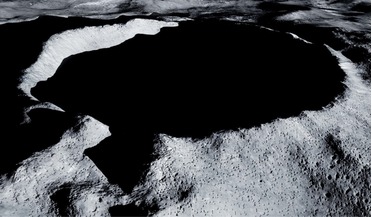 February 2019
Chaos and creation – cultural directions for the space industry
February 2019
Chaos and creation – cultural directions for the space industry
... The Declaration of Human Rights and the Outer Space Treaty, which are perhaps the most obvious starting points...what actually constitutes basic human dignity and rights yet the Outer Space Treaty does not attempt to describe what the ‘benefit of all ...
 July 2017
Rapidly evolving space industry needs faster UN response
July 2017
Rapidly evolving space industry needs faster UN response
...a new range of issues This year marks the 50th anniversary of the Outer Space Treaty, the primary document of international space law. The Treaty itself contains mainly general provisions governing fundamental rights, responsibilities and obligations...
 August 2021
AI in space – a legal perspective
August 2021
AI in space – a legal perspective
... measures. Moreover, elements that one might expect in a relevant TCBM include already binding requirements in the Outer Space Treaty, the Liability Convention, the Rescue and Return Agreement and the Registration Convention. These include a duty...
 May 2020
Protecting areas of scientific importance on the Moon
May 2020
Protecting areas of scientific importance on the Moon
... would have few qualms about moving into regions of scientific importance. The present ratified treaties, most notably the Outer Space Treaty of 1967, forbid any sovereignty claims over any area of the Moon. This means that...
 March 2016
Space Mining – the Reality of Tomorrow?
March 2016
Space Mining – the Reality of Tomorrow?
... asteroid mining of small and potentially hazardous bodies would seem much more permissible under the Outer Space Treaty than efforts to establish national or private colonies on the Moon or to undertake mining operations on the Moon. Up to three...
 February 2022
A new legal system for space
February 2022
A new legal system for space
..., got me thinking about the laws that are applicable in space. Many governments signed the UN Outer Space Treaty (OST) in 1967, but the OST only governs what governments do in space, not private companies. Five decades ago, the thought...